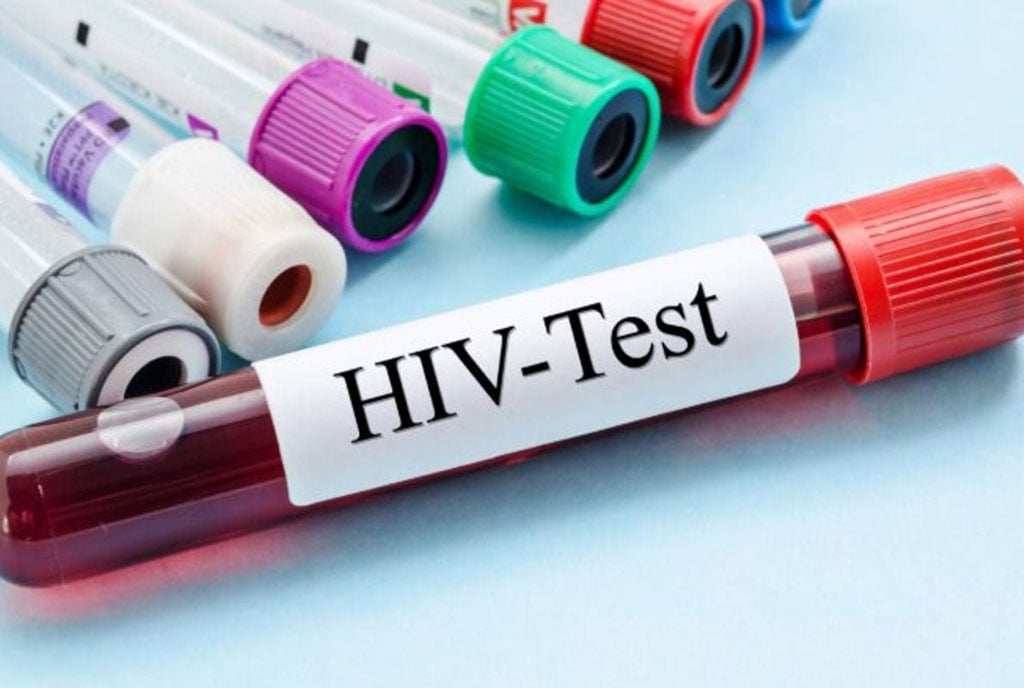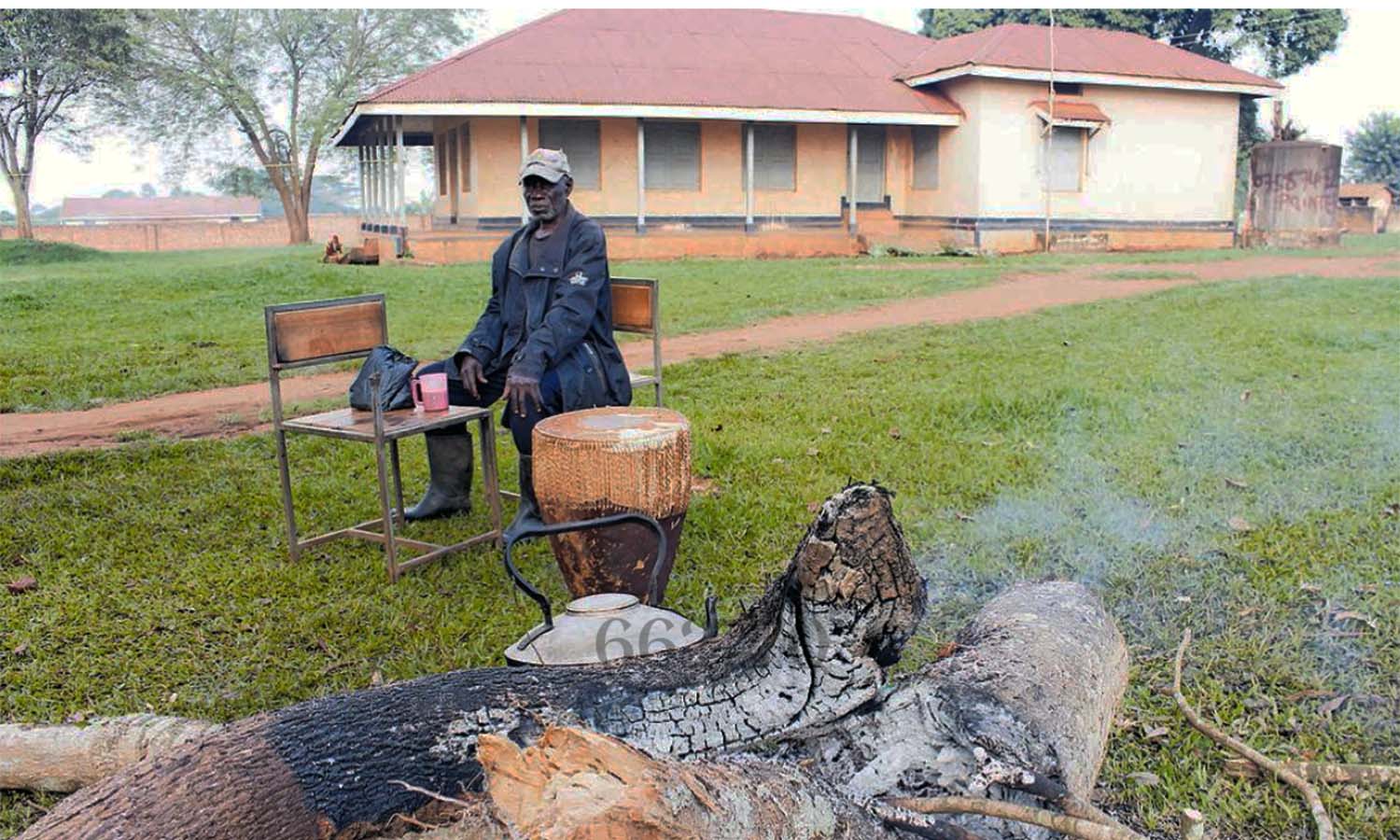
HIV infections remain a burden in urban areas and among adolescent girls despite efforts to tame the epidemic, the Uganda Aids Commission (UAC) said yesterday.
Presenting the latest national surveillance data, officials from UAC, which coordinates Uganda’s response to the epidemic, noted that most of the recently-created cities have infection rates that are higher than – and in some cases double – the national HIV prevalence average of 5.1 percent.
Data shows that the overall number of new infections per year declined from 53,000 in 2019 to 38,000 in 2023 but the rate of decline is too slow for Uganda to meet its goal of eliminating HIV/Aids as a public health threat by 2030.
Urban areas with the highest HIV prevalence rates were Fort Portal City (14.1 percent), Soroti City (12.5 percent), and Lira City (12 percent), Arua City with 3.8 percent and Mbale City with 4.8 percent had the lowest HIV prevalence rate among the cities recently created by the government. However, Kalangala and Kabarole districts, which do not have city status, registered HIV prevalence rates of 13 and 11.6 percent, respectively.
Public health officials attributed the higher rates of infections in urban areas to widespread unsafe casual sex and prostitution.
Dr Vincent Bagambe, the acting director general of UAC, cautioned that the drivers of infection in urban areas cannot be generalised. “Each city has its own uniqueness. Some cities are getting increasing new HIV infections because of the sprouting and unplanned residential areas,” he said.
“But some of them [are] because the surrounding districts have increased economic activity. We’ve seen where there is mining, where there is a coffee boom, we keep getting reports that prostitution in those areas increases,” he added.
The official emphasised that nationwide the rate of new infections is not declining at the desired rate because of “complacency” in the population towards HIV, the virus that causes Aids.
Hotspots
Of concern to public health officials are up to 58 districts that have HIV prevalence rates higher than the national average. These districts are likely to bear a higher burden of the disease, which has a huge socio-economic impact due to the costs of treatment and death or incapacitating of people in productive age groups.
According to information from the Swedish International Development Cooperation Agency (Sida), the HIV burden has been high in urban areas in Uganda and other African countries because of a combination of higher levels of mobility and sexual networking than in rural communities.
“Poverty, combined with urban anonymity, increases risk behaviours such as transactional and age-disparate sex,” Sida noted in their Urban Issue report, reinforcing the view of local public health officials.
Dr Stephen Asiimwe, a medical doctor and a researcher at UAC said the leading risk factors for HIV infections include having “multiple concurrent partners, transactional sex, lack of use of condoms, cross-generational sex and early sex, and alcohol use”.
Ms Restituta Kaguma Nabwire, the acting country director of AMICAALL, an alliance of mayors and municipal leaders to fight the disease, said they are concerned about declining awareness about HIV/Aids.
“To end HIV as a public health threat by 2030, we need to start with urban communities because we have elites that can influence others living in urban areas and the prevalence [of HIV] is also higher in urban areas,” Ms Nabwire said.
She added: “We need to raise awareness about HIV because many people are forgetting that it is dangerous. We need to renew efforts to fight stigma and discrimination against persons living with HIV” .
Mr Joseph Kigozi, the vice chairperson of the National Association of Broadcasters appealed to UAC and United Nations agencies to work with media houses to promote awareness and sensitisation.
Dr Bagambe noted that the Commission has customised interventions for urban areas. “We are working with partners to reach out to those cities where the HIV prevalence is increasing and working together with the local authorities to take the messages to those areas,” he said.
“We make sure that there is sufficient stock of condoms and also, we take HIV testing services there. So those who test HIV positive then can quickly be put on treatment and supported with care,” he added.
Public health experts note that enrolling infected people into treatment as soon as possible and ensuring adherence reduces the risk of transmitting the virus during sexual intercourse and cuts the risk of death.
Better prevention
According to UAC, 1.49 million Ugandans are living with HIV and 20,000 Aids-related deaths occurred in the country last year. The Commission notes that the decline in the annual number of new HIV infections is partly due to an expansion of prevention and treatment programmes.
Dr Herbert Kadama, the national pre-exposure prophylaxis (PrEP) coordinator at the Ministry of Health, said Uganda currently has three PrEP options that are contributing to declining infections. PrEP is medication taken before sex to prevent or minimise the risk of HIV infection.
He, however, indicated that the rate of use is still low. “We have the oral tablets (pills), then we have dapivirine vaginal ring, and then we have the injectable PrEP which we call CAB-LA,” the official said.
Dr Bagambe emphasised that all HIV preventive methods should be used in combination to minimise the risk of infection. He appealed to the public not to abandon the use of condoms as new methods become available.
Raw data
According to the new data, the number of men who reported that they had used condoms during their last sexual encounter has dropped from 57.3 percent in 2016 to 17.6 percent in 2022. Among female respondents, it declined from 37 percent to 10 percent over the same period. The reduction in condom use is happening despite respondents, both male and female, admitting to having multiple sexual partners.
Dr Bagambe warned that the declining donor funding, which is the backbone for HIV prevention and treatment in the country, is undermining efforts to end the epidemic now in its fourth decade.
Mr Jotham Mubangizi, an official of the Joint United Nations Programme on HIV/Aids (Unaids) in Uganda, called for targeted interventions to address infections among adolescent girls and young women.
“The areas we can focus on are addressing the issues of underlying structural factors, addressing issues around empowering these girls, sexuality education, life skills,” he said, adding they should be empowered to negotiate for safer sex practices with their partners.
According to the data, up to 15,000 new HIV infections were recorded among young people aged 15-24 years. Of this number, 12,000 were female.
Even in the general population, the disease continues to affect females more than males. Women aged 15 years and above accounted for 22,000 new infections while men aged 15 years and above accounted for half – 11,000 new infections. Men and women make up roughly equal halves of the overall population.
Dr Bagambe said they have categorised the young people into those in school and those out of school to increase the effectiveness of interventions.

“Working with our partners, we offer an array of services. For those in school, we work with the teachers to ensure that the teachers have accurate messages, which they then pass on to young people to protect themselves against HIV,” he said.
“For young people out of school, we have good support from partners such as PEPFAR and Global Fund and through that, we are able to develop packages,” he said.
The packages, the official noted, can include means of protection and other forms of support to reduce their economic vulnerability.
“The coverage is still small, but at least those are some of the efforts again, working with partners. One of the things that we are emphasising is to keep the girl in school. Because we have identified that keeping a girl longer in school, protects them against HIV,” he added.
HIV prevalence estimates 2023
Abim 2.6%
Adjumani 2.4%
Agago 6.9%
Butaleja 1.7%
Alebtong 4.3%
Butambala 7.2%
Amolatar 5.3%
Butebo 2.2%
Amudat 1.3%
Buyende 2.1%
Buvuma 4%
Amuria 2.9%
Amuru 4.8%
Fort portal 14.1%
Dokolo 4.9%
Apac 6.3%
Gomba 5.8%
Arua 2.3%
Arua City 3.8%
Gulu 7.2%
Gulu City 10.2%
Hoima 4%
Hoima city 9.6%
Budaka 2.9%
Bududa 1.4%
Ibanda 7.1%
Iganga 3.4%
Bugiri 2.4%
Bugweri 2.3%
Buhweju 3.9%
Isingiro 4.1%
Jinja 3%
Jinja city 7.5%
Builkwe 9.1%
Bukedea 2.2%
Bukomansimbi 9.1%
Kabale 5.5%
Kaabong 0.6%
Bukwo 1.4%
Kabarole 11.6%
Bulambuli 3.1%
Bullisa 3.5%
Kaberamaido 5%
Kagadi 5.4%
Kakumiro 3.9%
Kalaki 3.8%
Kalangala 13.1%
Kaliro 1.8%
Bundibugyo 2.2%
Bunyangabu 9%
Bushenyi 9.1%
Busia 3.9%
Kalungu 9.9%
Kumi 2.3%
Kampala 7.4%
Kwania 5.9%
Kamuli 2.9%
Kween 2.2%
Kamwenge 5%
Kanungu 6.6%
Kyegegwa 3.6%
Kyankwanzi 4.6%
Kapchorwa 3%
Kapelebyong 3.6%
Kyotera 12.2%
Kyenjojo 6.7%
Karenga 2.3%
Kasese 2.6%
Lamwo 5.9%
Lira 5.7%
Lira city 12.0%
Kassanda 5?5%
Katakwi 4.1%
Luuka 2.2%
Kayunga 5.3%
Kazo 4.4%
Kibaale 4.4%
Kiboga 6.4%
Kibuuku 1.7%
Kikuube 4.1%
Kiruhura 8.9%
Kiryandongo 4.2%
Kisoro 2.2%
Kitagwenda 5.4%
Kitgum 5.3%
Koboko 1.2%
Kole 5.2%
Kotido 0.9%
Luwero 6.7%
Lwengo 8.4%
Lyantonde 8.4%
Madi Okollo 1.9%
Manafwa 1.8%
Maracha 1.1%
Masaka 9.2%
Masaka city 11.3%
Mayuge 2.6%
Mbale 3.3%
Mbale city 4.8%
Mbarara 7.8%
Mbarara city 11.1%
Mitooma 5.4%
Otuke 3.9%
Mityana 7.3%
Oyam 5.5%
Moroto 1.8%
Pader 7.3%
Moyo 2.4%
Pakwach 3.5%
Mpigi 8.2%
Pallisa 1.1%
Mubende 4.9%
Rakai 5.2%
Mukono 5.3%
Rubanda 2.9%
Nabilatuk 0.5%
Rubirizi 6.7%
Nakapiripirit 1.4%
Rukiga 5.0%
Nakaseke 4.9%
Rukungiri 8.3%
Nakasongola 4.6%
Rwampara 7.8%
Namayingo 4.8%
Serere 2.8%
Namisindwa 1.5%
Sheema 7.5%
Namutumba 1.9%
Sironko 2.8%
Napak 1.2%
Soroti 2.8%
Nebbi 3.8%
Soroti City 12.5%
Ssembabule 6.5%
Ngora 2.3%
Ntoroko 4.1%
Terego 1.4%
Tororo 5.1%
Ntungamo 6.4%
Nwoya 4.4%
Wakiso 7.2%
Obongi 1.7%
Yumbe 1.1%
Zombo 3.7%
Omoro 7.8%
Source: Uganda AIDS Commission 2024 HIV/AIDs factsheet







